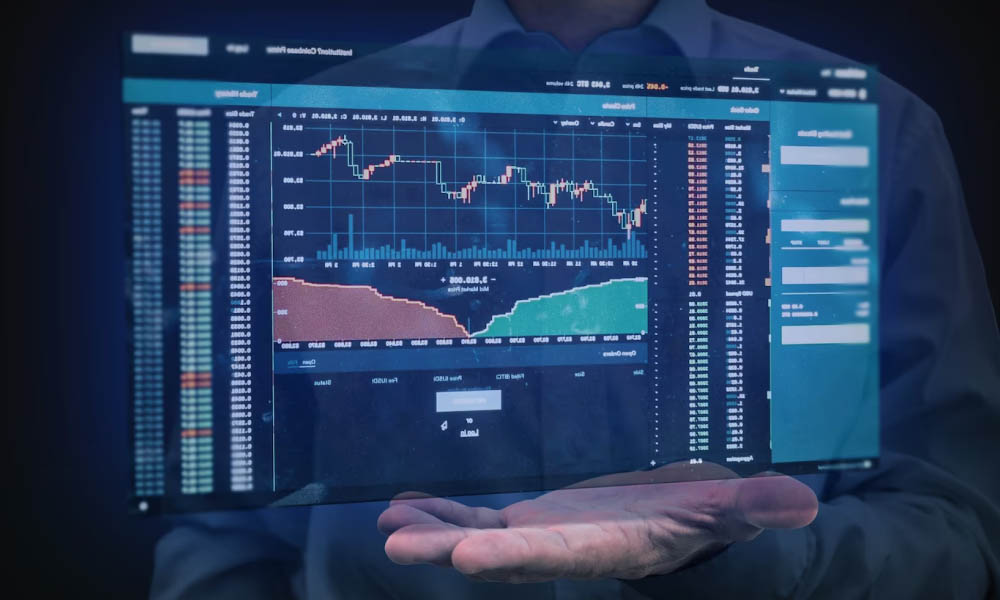
Comprehensive Guide to Crypto Trading Asset List
The cryptocurrency market has gained immense popularity over the past decade, attracting both seasoned and novice investors. As the landscape continues to evolve, the variety of assets available for trading has expanded significantly. In this article, we provide an exhaustive Crypto Trading Asset List https://viralzonedirectory.com/website-list-591/ that encompasses various categories of digital currencies, their characteristics, and their potential impact on your trading strategy.
Understanding Cryptocurrencies
Cryptocurrencies are digital currencies that utilize cryptography for security, making them difficult to counterfeit. Most cryptocurrencies are decentralized and based on blockchain technology—a distributed ledger enforced by a network of computers (or nodes). The first and most well-known cryptocurrency, Bitcoin, was created in 2009, paving the way for thousands of alternative cryptocurrencies collectively referred to as altcoins.
Categories of Cryptocurrencies
Cryptocurrencies can be broadly categorized into several types based on their functionalities and purposes:
- Coins: These are the native assets of their respective blockchain and are primarily used as a digital currency. Bitcoin (BTC) and Ethereum (ETH) are prime examples.
- Tokens: Tokens are built on existing blockchains and can represent various assets or utilities. They can be classified into utility tokens, security tokens, and asset-backed tokens.
- Stablecoins: Stablecoins are cryptocurrencies pegged to stable assets, like the US Dollar, to reduce volatility. Examples include Tether (USDT) and USD Coin (USDC).

Top Cryptocurrencies in the Market
Below is a selection of some of the leading cryptocurrencies that have established themselves in the market:
- Bitcoin (BTC): The pioneer of cryptocurrencies known for its limited supply and status as ‘digital gold’. It is widely accepted and used as a store of value.
- Ethereum (ETH): Known for its smart contract capability and decentralized applications (dApps), Ethereum has become a platform for a multitude of other tokens.
- Binance Coin (BNB): Originally launched as a utility token for discounted trading fees on the Binance exchange, BNB has expanded its use cases significantly.
- Cardano (ADA): Recognized for its research-driven approach to scalability and sustainability, Cardano is another platform for dApps.
- Solana (SOL): A high-performance blockchain known for its fast transaction speeds and low costs, suitable for decentralized applications.
- Ripple (XRP): Designed for cross-border payments, Ripple offers a solution for quick and low-cost international transactions.

Emerging Cryptocurrencies to Watch
As the industry evolves, new cryptocurrencies are continually emerging. Here are a few that have recently gained attention:
- Polkadot (DOT): Aims to enable different blockchains to transfer messages and value in a trust-free fashion; seeking to make a web where data is not owned by corporations.
- Chainlink (LINK): A decentralized oracle network that provides real-world data to smart contracts on the blockchain, enabling them to interact with outside information.
- Polygon (MATIC): A scaling solution for Ethereum that enhances its speed and reduces transaction costs, making it more user-friendly.
Factors to Consider When Choosing Crypto Assets
When selecting cryptocurrencies to trade or invest in, consider the following factors:
- Market Capitalization: A higher market cap generally indicates stability, while smaller caps may present higher risks and rewards.
- Liquidity: Ensure that the cryptocurrency can be easily bought or sold without significantly affecting its price.
- Use Case: Determine whether the cryptocurrency serves a legitimate purpose within its ecosystem or if it is simply speculative.
- Community and Development: A strong and active community as well as regular updates from developers often indicate a healthier project.
Trading Strategies for Cryptocurrencies
Whether you are a day trader or a long-term investor, various trading strategies can be adopted:
- Day Trading: Involves making multiple trades throughout the day to capitalize on price movements. Requires constant monitoring of the market.
- HODLing: A long-term approach where investors buy and hold assets, ignoring short-term price fluctuations.
- Swing Trading: Focused on capturing price shifts over days or weeks. Traders enter positions when they believe an asset has hit a low.
- Scalping: A strategy that aims to profit from small price changes by making a large number of trades for small profits.
Conclusion
As the cryptocurrency market continues to grow, understanding the different trading assets available is crucial for any trader. The Crypto Trading Asset List is a valuable resource for both new and experienced traders to navigate the complexities of digital assets. With careful analysis and informed decision-making, one can potentially capitalize on the vast opportunities that this decentralized financial environment offers.
